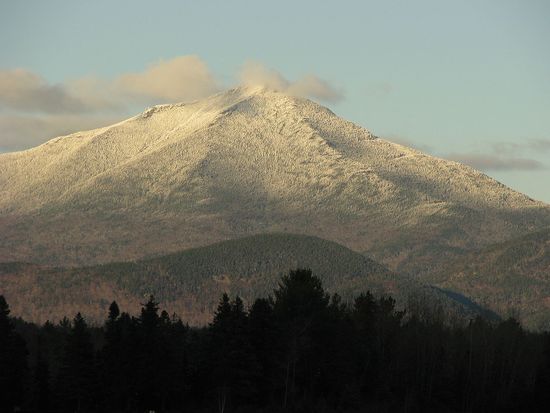Funding Conservation Through the Lens of Climate Change
/
Climate change is increasingly reshaping the way funders and nonprofits approach conservation, erasing some of the distance between two strands of environmentalism that often worked on separate paths. We've written about this shift before, but it's on our minds again in light of a recent $2.3 million grant that will help one nonprofit strategically protect the Hudson Valley against climate impacts.
Historically, the spirit of conservation has been to keep an ecosystem the way it is, or even to turn back the clock to the way it was. But how does that goal change when the status quo is shifting under your feet?
That’s the question conservationists are facing as the impacts of climate change lead to altered migration habits, higher temperatures, different precipitation patterns, fires, insect outbreaks, etc. Increasingly, the field has had to integrate potential changes into their efforts to protect ecosystems, and even rethink what should be protected.
That shift has been reflected in funding circles as well, as more foundations that have been traditionally focused on conservation—MacArthur, for example—are forced to delve deeper into climate change mitigation and adaptation.
Related:MacArthur is the Next Big Climate Funder. Here's What to Expect
Doris Duke Charitable Foundation has been active in this regard—the funder’s namesake was a devoted conservationist until she died in 1993—and its environment program now focuses on climate change as the “greatest emerging threat to biodiversity.”
One of its more interesting strategies is Land Conservation in an Era of Climate Change.
The foundation’s latest such grant goes to Scenic Hudson, a longtime New York State conservation group, for its plan to help the region’s natural areas withstand the impacts of climate change. That includes protecting biodiversity, as well as natural resources the region’s communities rely upon for agriculture and health.
Scenic Hudson’s current land strategy is called “Saving the Land That Matters Most,” and aims to protect the most important landscapes in the diverse region. But that currently exists in a fragmented “patchwork” of protected areas that don’t necessarily serve the long-term integrity of the overall region.
The organization worked with the Nature Conservancy and the New York Natural Heritage program to build a computer model that takes into account human needs and factors like sea level rise and changing flow of the river.
That model was then used to identify what new areas need to be protected, and how they need to be linked up together with already protected lands to create a sturdy network of climate resilient areas.
It’s a pretty unique and advanced plan, and will require a lot work, especially since the matching $2.3 million grant requires Scenic Hudson to raise $10 million. The organization will be pushed to rally a lot of the Valley’s communities and land owners around its vision for the future of the region.
But if it works, DDCF and Scenic Hudson hope it can be shared with other land managers as a model.
Related:








